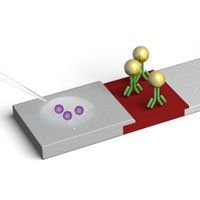 New work describes for the first time the application of lateral-flow immunoassays for the detection of this protein taking advantage of paper based nanobiosensors properties.
New work describes for the first time the application of lateral-flow immunoassays for the detection of this protein taking advantage of paper based nanobiosensors properties.
Nov 11th, 2015
Read more
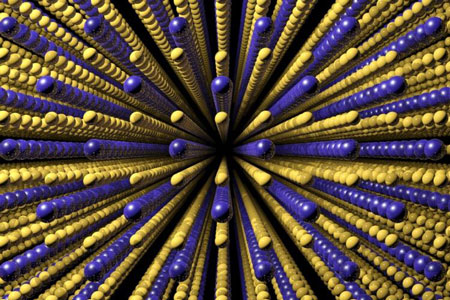 A new initiative in the U.S. is to develop new high-performance alloys.
A new initiative in the U.S. is to develop new high-performance alloys.
Nov 11th, 2015
Read more
 Researchers have fabricated a new 'biometamaterial' using a lotus leaf as a template. The new substance is capable of almost total absorption of light across the entire visible spectrum.
Researchers have fabricated a new 'biometamaterial' using a lotus leaf as a template. The new substance is capable of almost total absorption of light across the entire visible spectrum.
Nov 11th, 2015
Read more
A common ingredient in sunscreen could be an effective antibacterial coating for medical implants such as pacemakers and replacement joints.
Nov 10th, 2015
Read more
Advances in nanofilter technology could lead to the development of a surgically implantable, artificial kidney.
Nov 10th, 2015
Read more
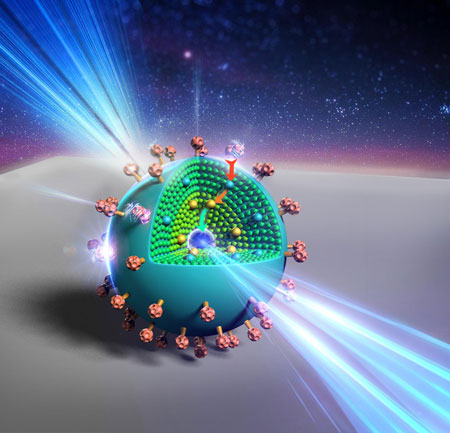 A dye-coated surface is 1 of 3 specially crafted layers that help the particle emit light ideal for bioimaging.
A dye-coated surface is 1 of 3 specially crafted layers that help the particle emit light ideal for bioimaging.
Nov 10th, 2015
Read more
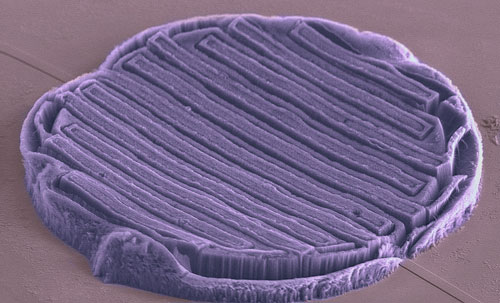 From a Cambridge guide for robot tourists, to titanium 'comets', the winners of the annual Department of Engineering photo competition highlight the variety and beauty of engineering.
From a Cambridge guide for robot tourists, to titanium 'comets', the winners of the annual Department of Engineering photo competition highlight the variety and beauty of engineering.
Nov 10th, 2015
Read more
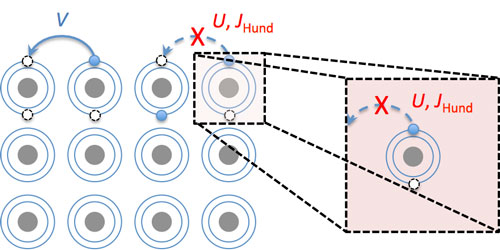 In atomic physics, Hund's rules refers to a set of guidelines which are used to determine the term symbol that corresponds to the ground state of a multi-electron atom.
In atomic physics, Hund's rules refers to a set of guidelines which are used to determine the term symbol that corresponds to the ground state of a multi-electron atom.
Nov 10th, 2015
Read more
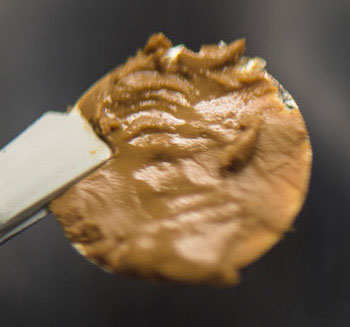 A unique combination of materials, including a clay-based electrolyte, may solve a problem for rechargeable lithium-ion batteries destined for harsh environments.
A unique combination of materials, including a clay-based electrolyte, may solve a problem for rechargeable lithium-ion batteries destined for harsh environments.
Nov 10th, 2015
Read more
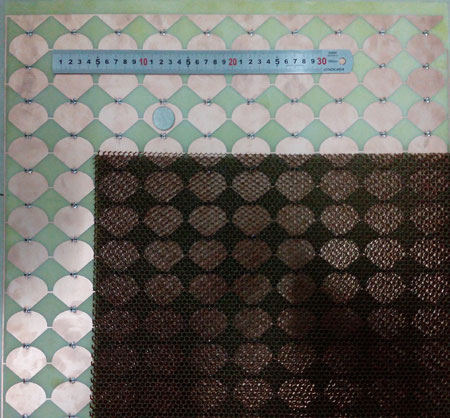 Researchers have developed an ultra-thin, tunable broadband microwave absorber for ultra-high frequency applications. This ultra-thin absorbing surface, called an active frequency-selective surface absorber, consists of arrays of patterned conductors loaded with two common types of circuit elements known as resistors and varactors.
Researchers have developed an ultra-thin, tunable broadband microwave absorber for ultra-high frequency applications. This ultra-thin absorbing surface, called an active frequency-selective surface absorber, consists of arrays of patterned conductors loaded with two common types of circuit elements known as resistors and varactors.
Nov 10th, 2015
Read more
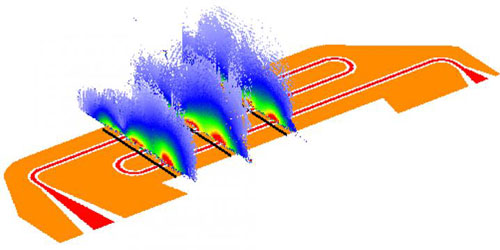 Researchers have developed two new methods for imaging microwave fields. Both methods exploit the change in spin states induced by an applied microwave field.
Researchers have developed two new methods for imaging microwave fields. Both methods exploit the change in spin states induced by an applied microwave field.
Nov 10th, 2015
Read more
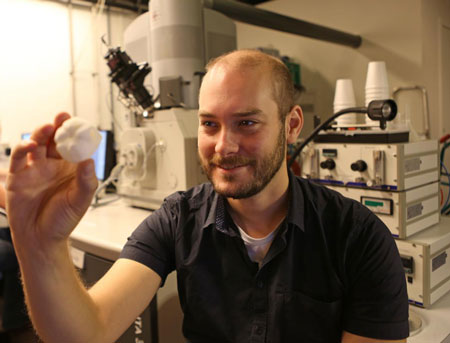 Materials researchers love sea creatures. Mother-of-pearl provokes ideas for smooth surfaces, clams inspire gluey substances, shark's skin is used to develop materials that reduce drag in water, and so on. Researchers have now found a model for strong, lightweight materials by diving below the sea surface to investigate a sea urchin cousin known as the heart urchin.
Materials researchers love sea creatures. Mother-of-pearl provokes ideas for smooth surfaces, clams inspire gluey substances, shark's skin is used to develop materials that reduce drag in water, and so on. Researchers have now found a model for strong, lightweight materials by diving below the sea surface to investigate a sea urchin cousin known as the heart urchin.
Nov 10th, 2015
Read more
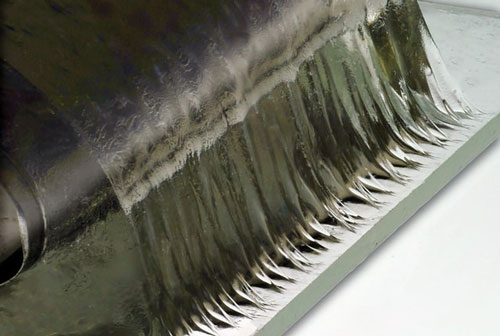 Engineers have developed a method to make synthetic, sticky hydrogel that is more than 90 percent water. The hydrogel, which is a transparent, rubber-like material, can adhere to surfaces such as glass, silicon, ceramics, aluminum, and titanium with a toughness comparable to the bond between tendon and cartilage on bone.
Engineers have developed a method to make synthetic, sticky hydrogel that is more than 90 percent water. The hydrogel, which is a transparent, rubber-like material, can adhere to surfaces such as glass, silicon, ceramics, aluminum, and titanium with a toughness comparable to the bond between tendon and cartilage on bone.
Nov 10th, 2015
Read more
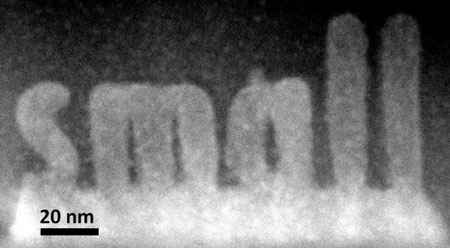 Electron microscopy researchers have developed a unique way to build 3-D structures with finely controlled shapes as small as one to two nanometers.
Electron microscopy researchers have developed a unique way to build 3-D structures with finely controlled shapes as small as one to two nanometers.
Nov 9th, 2015
Read more
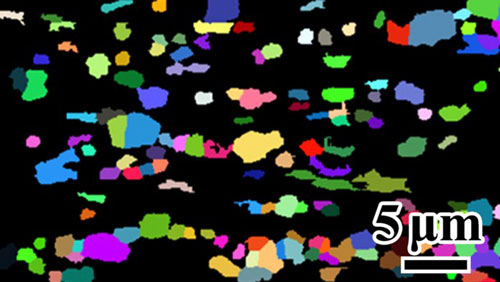 Scientists have developed a technique to make titanium stronger without sacrificing any of the metal's ductility - a combination that no one has achieved before. The researchers believe the technique could also be used for other metals, and the advance has potential applications for creating more energy-efficient vehicles.
Scientists have developed a technique to make titanium stronger without sacrificing any of the metal's ductility - a combination that no one has achieved before. The researchers believe the technique could also be used for other metals, and the advance has potential applications for creating more energy-efficient vehicles.
Nov 9th, 2015
Read more
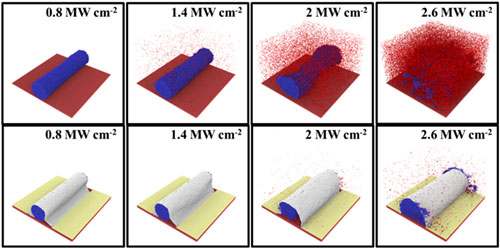 Silver nanowires hold promise for applications such as flexible displays and solar cells, but their susceptibility to damage from highly energetic UV radiation and harsh environmental conditions has limited their commercialization. New research suggests wrapping the nanowires with an ultrathin layer of carbon called graphene protects the structures from damage and could represent a key to realizing their commercial potential.
Silver nanowires hold promise for applications such as flexible displays and solar cells, but their susceptibility to damage from highly energetic UV radiation and harsh environmental conditions has limited their commercialization. New research suggests wrapping the nanowires with an ultrathin layer of carbon called graphene protects the structures from damage and could represent a key to realizing their commercial potential.
Nov 9th, 2015
Read more
 New work describes for the first time the application of lateral-flow immunoassays for the detection of this protein taking advantage of paper based nanobiosensors properties.
New work describes for the first time the application of lateral-flow immunoassays for the detection of this protein taking advantage of paper based nanobiosensors properties.













 Subscribe to our Nanotechnology News feed
Subscribe to our Nanotechnology News feed